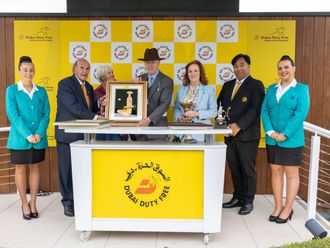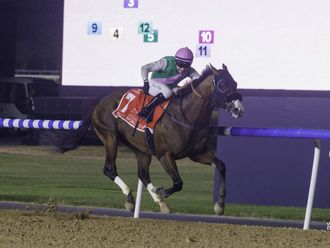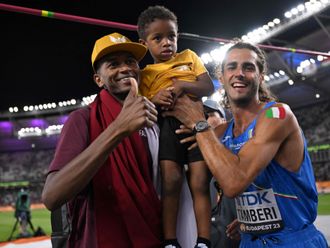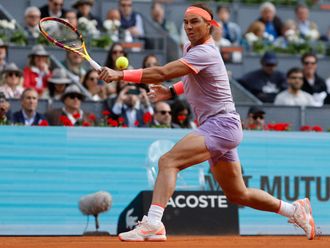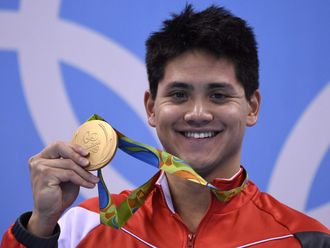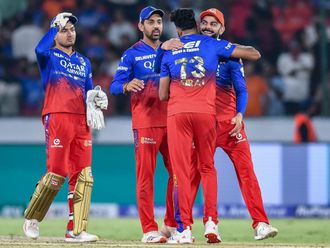
Dubai: More than one billion people have watched the Dubai World Cup in the last three years and that number will only continue to grow, according to the company responsible for producing the international programme for the event for the past 17 years.
Working with Dubai Racing Club and world feed broadcaster Dubai TV, Sunset+Vine syndicate to more than 23 broadcasters across 134 countries, penetrating 300 million-plus households last year.
It’s the job of Andrew Piller, Sunset+Vine’s commercial director and international managing director, to keep those figures rising.
In order to do that, Piller, whose Sunset+Vine has won 35 broadcasting awards packaging the English Premier League, Premiership Rugby and Volvo Ocean Race, is now targeting new markets, while improving feeds to existing regions.
“One approach is to get into new markets and the other is to get broadcasters in existing markets to present their own show on site using the world feed, topped and tailed with their own production,” said Piller.
“If they are on site, what was a priority for satellite will become as much of a priority for terrestrial. And if broadcasters were willing to spend more on their own presentations, I’m sure they would spend an equal amount on marketing to ensure an audience comes to it.”
However, there are challenges. “One challenge is in the timing of the event and how to grow terrestrial slots in areas like Australasia and Asia, where the time isn’t conducive,” Piller said.
“However, if you improve timing for one region, you take away from another. And, as in any major sporting event, it’s always a consideration to stage the event at the best time to reach your biggest audience. Despite the challenges in time differences with Australasia and Asia, every year the number of broadcasters continues to grow in these regions.
“The second opportunity is to increase the ability to get international broadcasters on site. There is a real want, a need, and an appetite to do this, which is great news for the long-term success of the event.”
Piller said his job of selling the event worldwide had been made easier with the opening of Meydan in 2010.
“One second of one picture of Meydan on TV and you instantly know that you are seeing an iconic facility,” he said. “It’s visually superb and looks like a top class event that should be shown around the world. The facilities and access that Meydan provide also allow for amazing camera set-ups and perspective.”
Piller said that the Dubai World Cup is an event that really contributes to selling Dubai as a tourist destination. “Within the international programme there are also many features positioning Dubai as a cultural and sports tourism destination,” he said. “It’s a fantastic event and an amazing day out but Dubai has many more stories to be told.”
If the event were to be expanded to a two-day event or Cheltenham-esque festival, Piller said his team were ready. “We absolutely have the scale and capacity and we’d love to do more and more. We’d also like to take our skill set to other areas in the Middle East to help take more stories to the world.”



